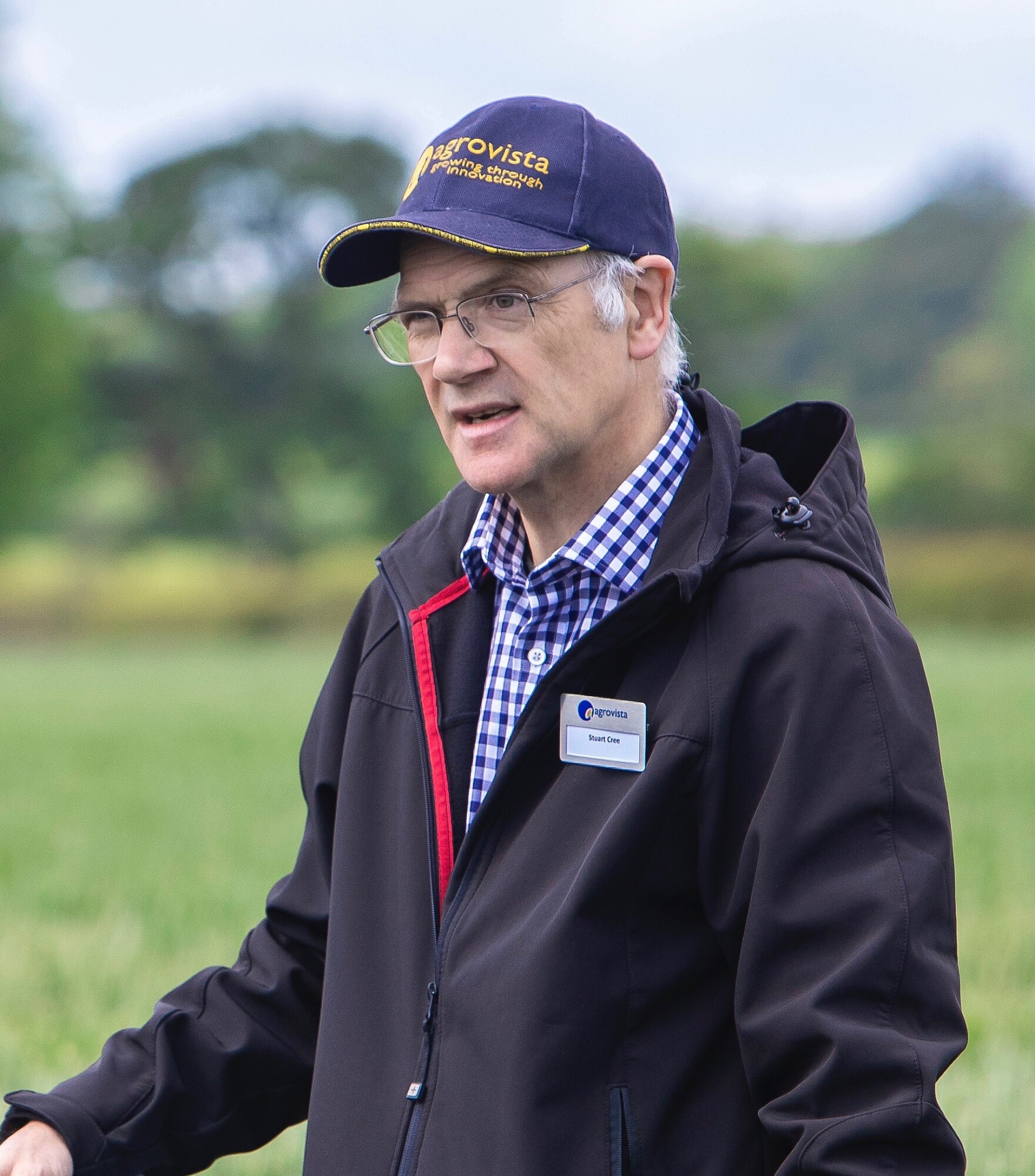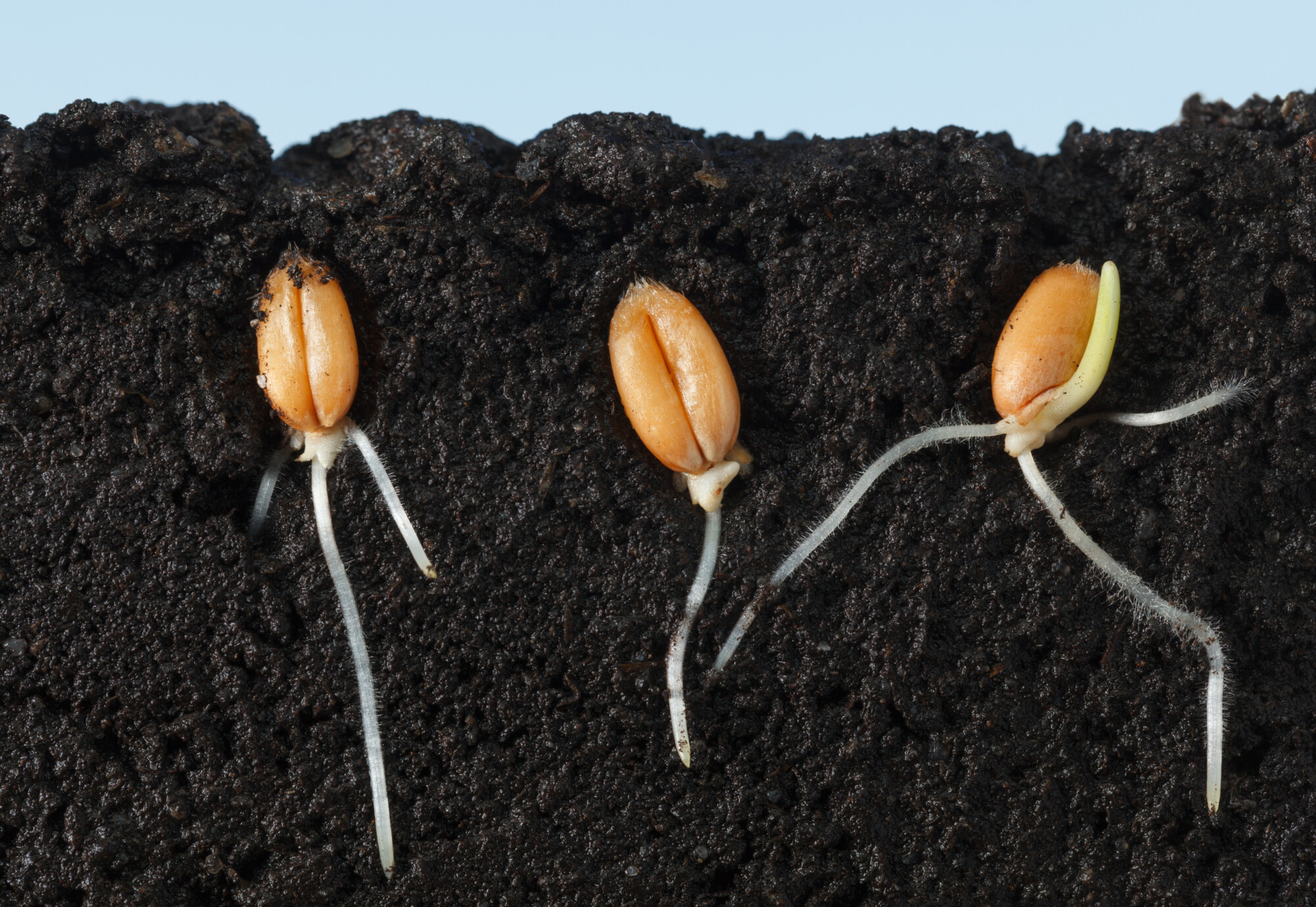Reap cost benefit of take-all treatment as second wheat area tipped to rise
5th July 2021
With new crop wheat trading at a healthy £160 to £170 per tonne, second wheats are looking an attractive prospect for 2021/22 cropping plans.
An important question to address before ordering second wheat seed is whether to include take-all seed treatment Latitude (silthiofam) and an online tool can help by illustrating the likely cost-benefit according to a grower’s specific situation.
Bullish outlook
Agrovista’s technical seed specialist Stuart Cree believes a precarious global feed stock situation, an increase in domestic wheat demand and the re-opening of bioethanol plants in the north of England will keep the wheat market bullish for the foreseeable future.
The area of second wheat will inevitably go up, as a result, bringing additional challenges for the grower, such as higher grassweed pressure, increased nutrient requirement, and a wider range of disease threats, including soil-borne take-all.
Investment in Latitude (silthiofam) – the only available seed treatment with activity against the disease – is sometimes seen as an expense too far.
But Mr Cree thinks there is a compelling case this season, with growers looking to drill wheat earlier to avoid wet weather in the late autumn, increasing risk of take-all infection and potential yield losses.

Agrovista’s technical seed specialist Stuart Cree.
“Increasing weather extremes, particularly droughts, means it’s also a good idea to protect roots, allowing plants to access moisture and scavenge for nutrients more effectively.
“Latitude reduces take-all infection of roots, safeguards against yield losses of 0.5-0.75t/ha, and with prices where they are, that equates to about a two- to three-fold return on investment,” explains Mr Cree.
Online tool
Certis seed treatment expert Tim Eaton says the company’s Latitude cost-benefit calculator aids decision-making. It simply requires users to enter their expected grain value, seed rate and treatment cost.
“Based on hundreds of trials over many years the tool gives a very reliable indication of cost-benefit. It’s available now for growers considering 2021/22 cropping in advance of this year’s harvest,” he adds.

